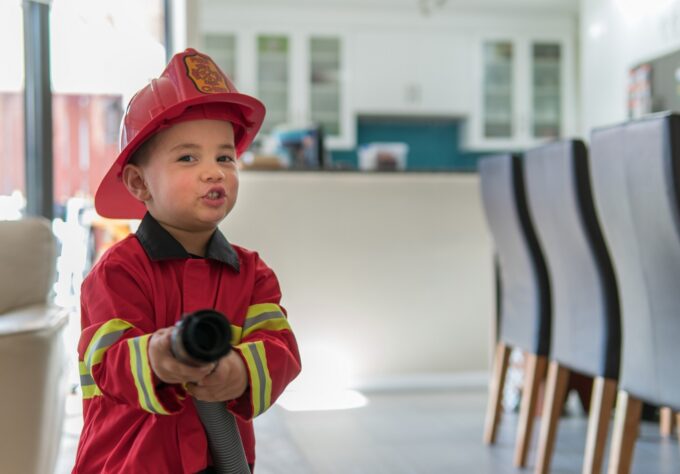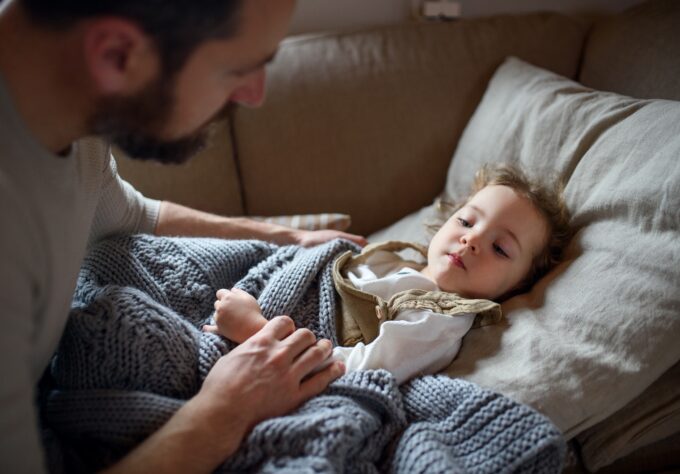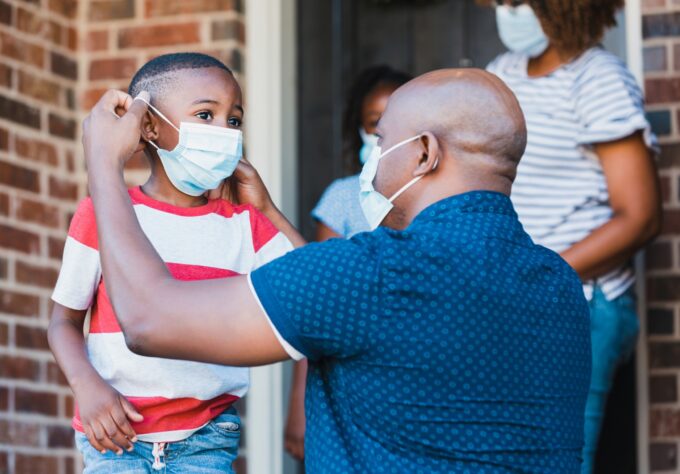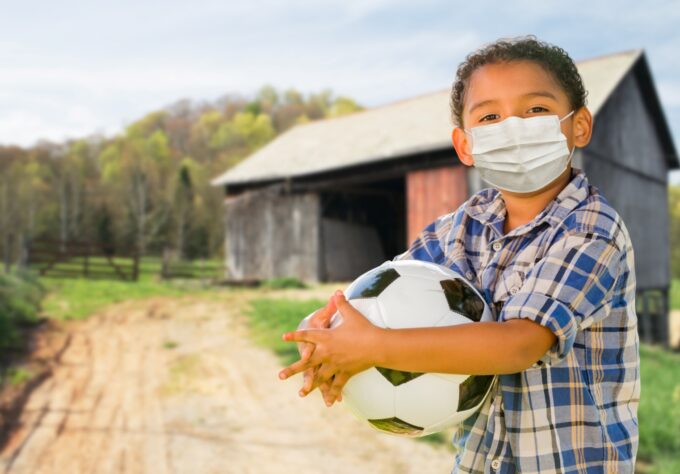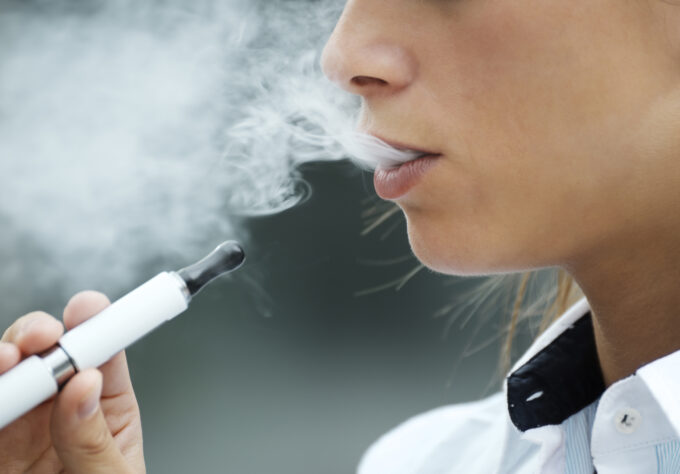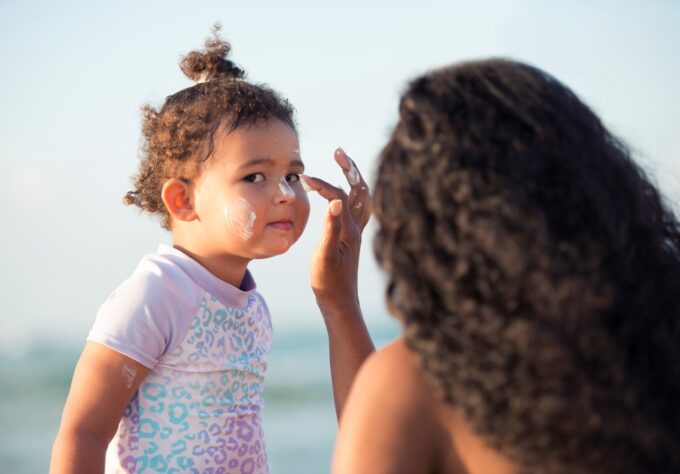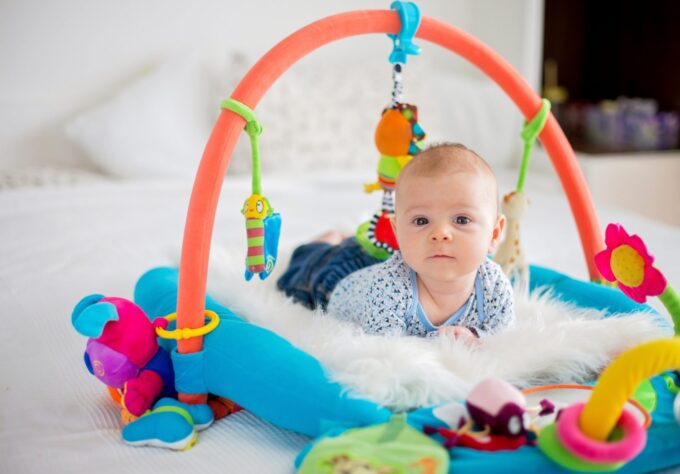Did you know that winter months are peak time for fire-related deaths? In the event of a fire, you may have as little as two minutes to escape. Home and apartment fires can start and spread quickly. It is important to create a fire escape plan and practice it regularly with your family. Create a Fire Escape Plan The best way to start planning a fire escape plan according to the National Fire Protection Association (NFPA) is to draw a map of your home or apartment showing all doors and windows. The NFPA says families should: Plan two ways to escape from each room. Make sure all doors and windows leading outside open easily. Identify secondary routes: a window onto an adjacent roof or a collapsible ladder from a second-floor window. If you live in a multi-story building, plan to use the stairs – never the elevator. Designate an outside meeting […]
